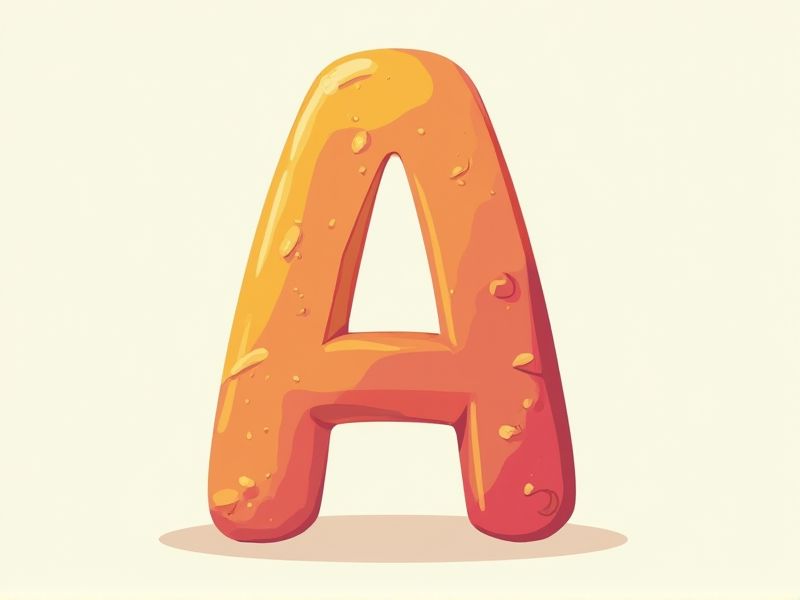
Writing a letter is a fundamental skill that helps elementary students express their thoughts clearly and confidently. Whether it's a thank-you note, an invitation, or a friendly message, mastering letter writing enhances communication abilities. This guide provides simple and effective templates tailored for young learners, making it easier to compose meaningful letters. With easy-to-follow examples, students can practice and improve their writing skills in a fun and engaging way. Explore the various templates available in this article to help your child get started with letter writing today.
Samples of letter for elementary
Elementary Letter Writing Template
Letter Template For Kids In Elementary
Simple Letter Template For School Projects
Friendly Letter Template For Elementary Students
Formal Letter Template For Elementary School
Creative Letter Template For Young Writers
Basic Letter Template For Grade School
Thank You Letter Template For Elementary Students
Persuasive Letter Template For Kids
Pen Pal Letter Template For Elementary Children
Holiday Letter Template For Primary School
Informative Letter Template For School Use
Personal Letter Template For Elementary Age
Narrative Letter Template For Young Authors
Letter Of Request Template For Kids
Response Letter Template For Students
Character Letter Template For Elementary Projects
Invitation Letter Template For School Events
Complaint Letter Template For Children
Appreciation Letter Template For Elementary Classrooms
Important Things to Know when Writing Letter For Elementary
Parts Of A Letter (Heading, Greeting, Body, Closing, Signature)
Understanding the parts of a letter is essential for elementary students to communicate effectively through writing. A letter typically consists of a heading that includes the date and sender's address, followed by a greeting that addresses the recipient. The body contains the main message, where you can express your thoughts or information clearly and concisely. Finally, the letter concludes with a closing phrase and the sender's signature, which adds a personal touch and signifies the end of the correspondence.
Proper Punctuation And Capitalization
Proper punctuation and capitalization are crucial elements to consider when creating a letter template for elementary students. Correct punctuation helps clarify the meaning of sentences, ensuring that your message is easily understood. Capitalization, on the other hand, marks the beginning of sentences and highlights important words, such as names and places. By focusing on these aspects, you can help young writers develop strong communication skills that will serve them well in their academic journeys.
How To Write A Clear And Simple Message
When creating a letter template for elementary students, it's essential to focus on simplicity and clarity to ensure effective communication. Use straightforward language and short sentences to make it easier for young learners to understand. Incorporating a friendly tone can make the letter more engaging, encouraging students to express their thoughts and feelings. Remember to include key elements such as a greeting, a body for the message, and a closing, which will help structure your letter and guide students in their writing.
The Difference Between Formal And Informal Letters
Understanding the distinction between formal and informal letter templates is crucial for elementary students. Formal letters typically follow a structured format, including a specific salutation, body, and closing, often used for official communication like job applications or letters to authorities. In contrast, informal letters are more personal and relaxed, allowing for a conversational tone and casual language, often written to friends or family. Recognizing these differences helps you choose the appropriate style for your message, ensuring effective communication in various contexts.
The Importance Of Neat Handwriting And Spacing
Neat handwriting and proper spacing are crucial elements of a letter template for elementary students. Clear and legible writing ensures that the message is easily understood, fostering effective communication. Appropriate spacing between words and lines improves readability, making the letter more visually appealing. By emphasizing these aspects, you help young learners develop good writing habits that will benefit them throughout their education.
